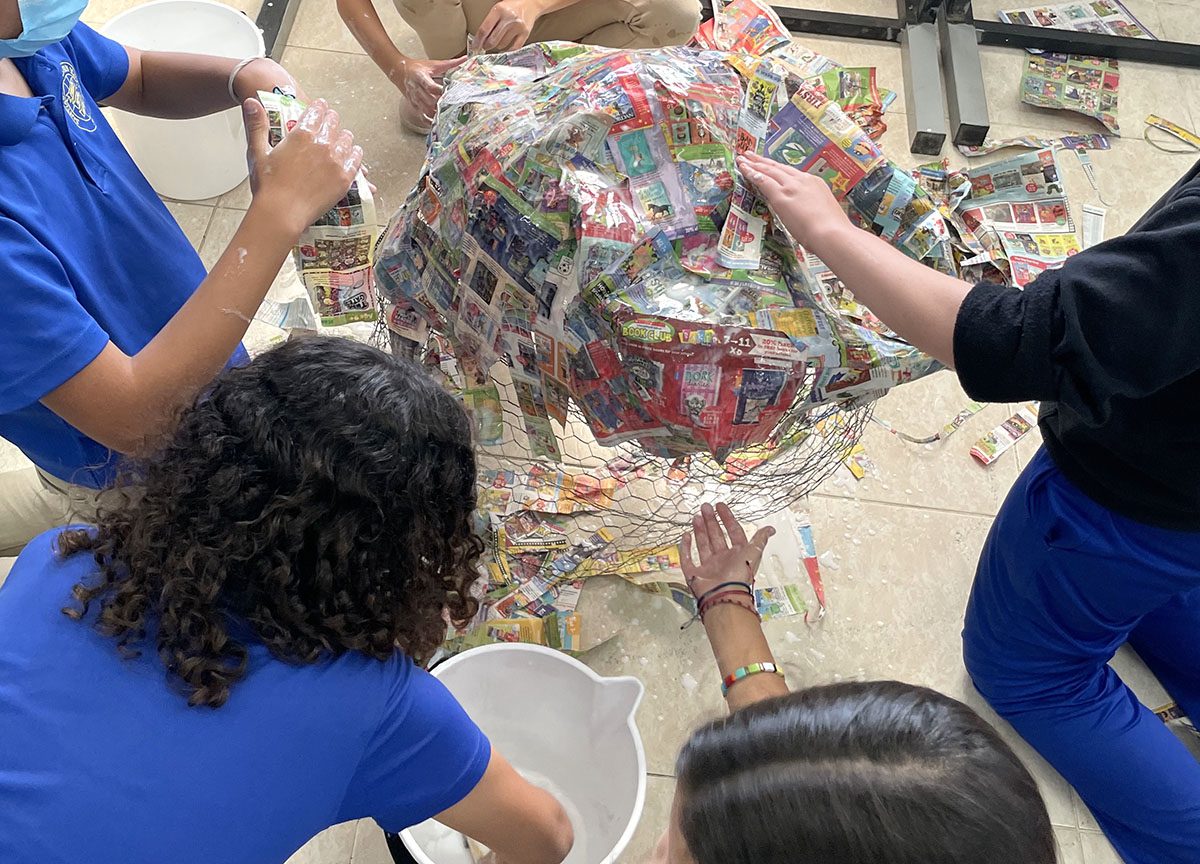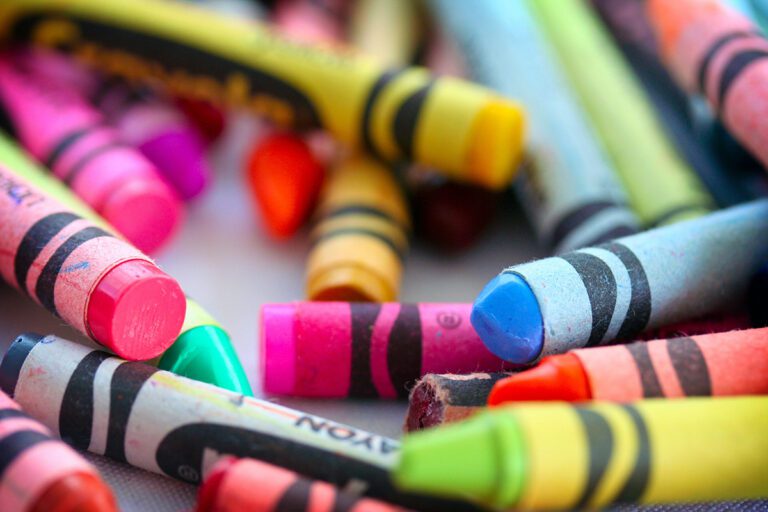It’s time to spill the tea about post-pandemic Gen Z! It’s no secret that COVID-19 astronomically impacted the entire world and everyone in it. Yet for Generation Z, the pandemic was a defining event that affected the ideals and attitudes of a whole generation.
Born from the mid-90s to early 2010s and known as iGen, post-millennials, or Zoomers, Gen Z came of age during the pandemic and in the subsequent post-pandemic years. Though they remain digital natives and continue to be more diverse than any other generation, the uncertainty and distress during COVID critically changed this group.
Recognize these changes with your students so you can curate lit learning environments and instruction that slays. When you understand these truths about Gen Z, you will transform into an authentic, supportive leader with which students long to connect.
POV: You’re a Gen Z student in the art room after the pandemic and this is what you wish your art teacher knew about your generation… No cap!
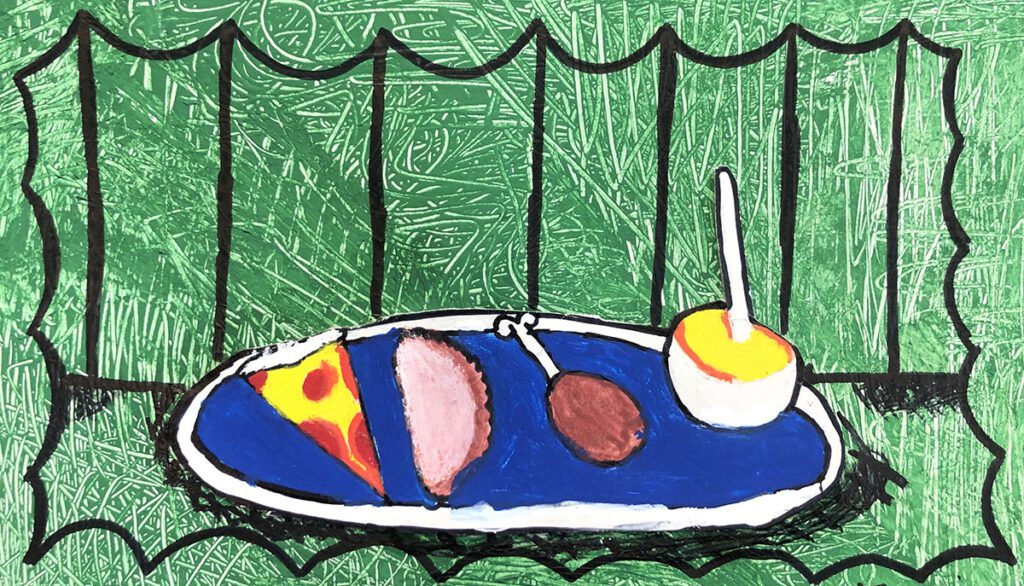
1. Gen Z is pragmatic, adaptable, and ready to learn.
Thanks to COVID-19, Gen Z has developed new strengths. With a no-nonsense, less idealistic approach to life than their millennial counterparts, Gen Z-ers “dream with their eyes open” and set realistic, attainable goals. At the same time, they are used to evolving with quickly changing political, social, and cultural atmospheres. Though the pandemic concerningly impacted Gen Z’s soft skills, they are bouncing back with a willingness to learn and step outside their comfort zone that more than makes up for it.
Respond in your art room and:
- Explain the why behind what you ask them to do.
- Get SMART about how you set goals with your students.
- Encourage risk-taking and trying new things.
- Set artmaking in real-world contexts.
- Develop 21st-century skills through creating.
2. Gen Z relies on the collective over the individual.
Gen Z knows how to work together more than ever after global efforts to stop the spread of COVID. They witnessed the power and importance of collaboration to achieve a common goal. With this knowledge, Gen Z harnesses their digital prowess to break free of boundaries, space, and time. They tap into their networks, rely on peer-to-peer reviews, and see the collective as the only way to impact the challenges they face as a generation. The pandemic adage “better together” rings true as they join efforts towards a brighter future.
Promote collaboration in your art room with these three resources:
- Looking at Ideas for Collaboration (Ep. 285)
- 4 Ways to Incorporate Collaboration in the Classroom
- Collaboration in the Art Room Pack in PRO Learning
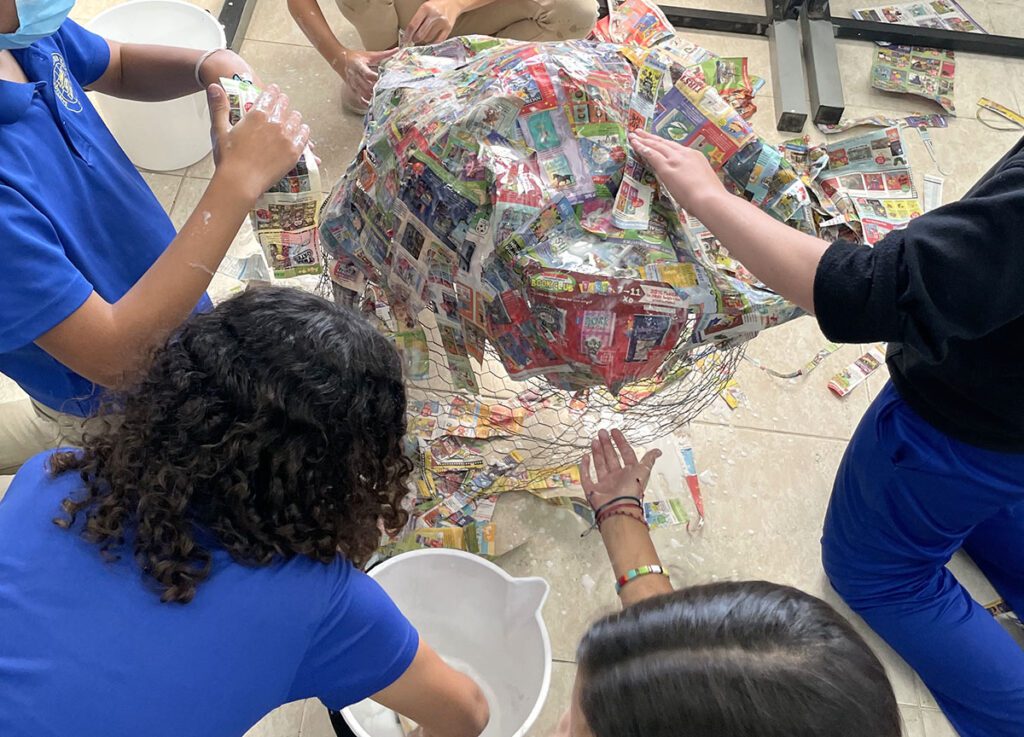
3. Gen Z is finding their voices and using them for change.
With a new appreciation for the struggles of others due to the pandemic, Gen Z is more empathetic and determined to tackle the macro problems afflicting their world. From climate change to gender inequality, this generation is unafraid to harness technology to right the wrongs of their potent historical moment. Social media allows Gen Z-ers to communicate, mobilize, and rally like no other generation. But digital activism isn’t enough—Gen Z brings the fight to life by leading some of the biggest in-person protests over the past couple of years.
Meet your students’ need to voice their opinions with these suggestions:
- Give students a platform to share their voices.
- Explore art history for artivism and craftivism examples.
- Introduce artists confronting challenges.
- Incorporate digital artmaking opportunities.
- Promote community connection and support.
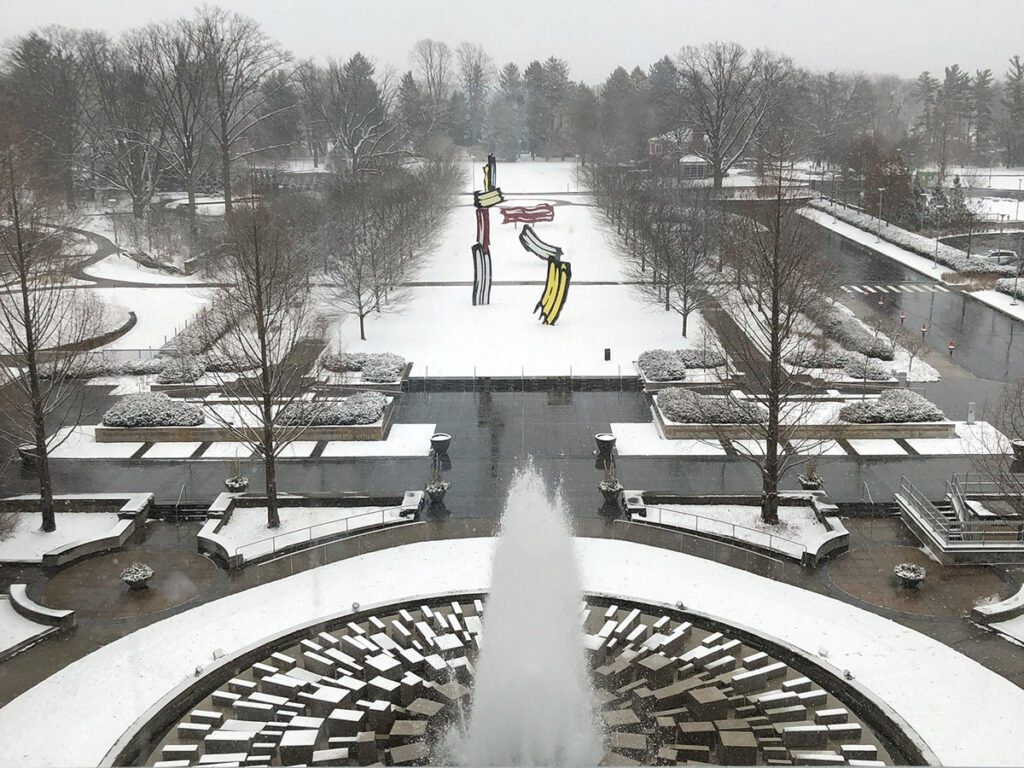
4. Gen Z struggles even more with their mental health.
The pandemic’s isolation and unpredictability worsened Gen Z’s emotional health and well-being. This resulted in a full-blown mental health crisis. Nearly half of Gen Z adults report declining mental health and diagnoses such as anxiety and depression. Suicide attempts are rising and Gen Z feels immense pressure and ambiguity about their futures. They combat this by erasing stigmas around mental health, openly seeking treatment, and incorporating therapy talk and medication into their daily lives.
Support mental and emotional health in your art room with these resources:
- 5 SEL Lessons That Actually Work With Secondary Students
- The Art of SEL, Episode 1: SEL and the Role of Art
- Inspired by Mindfulness Collection in FLEX Curriculum
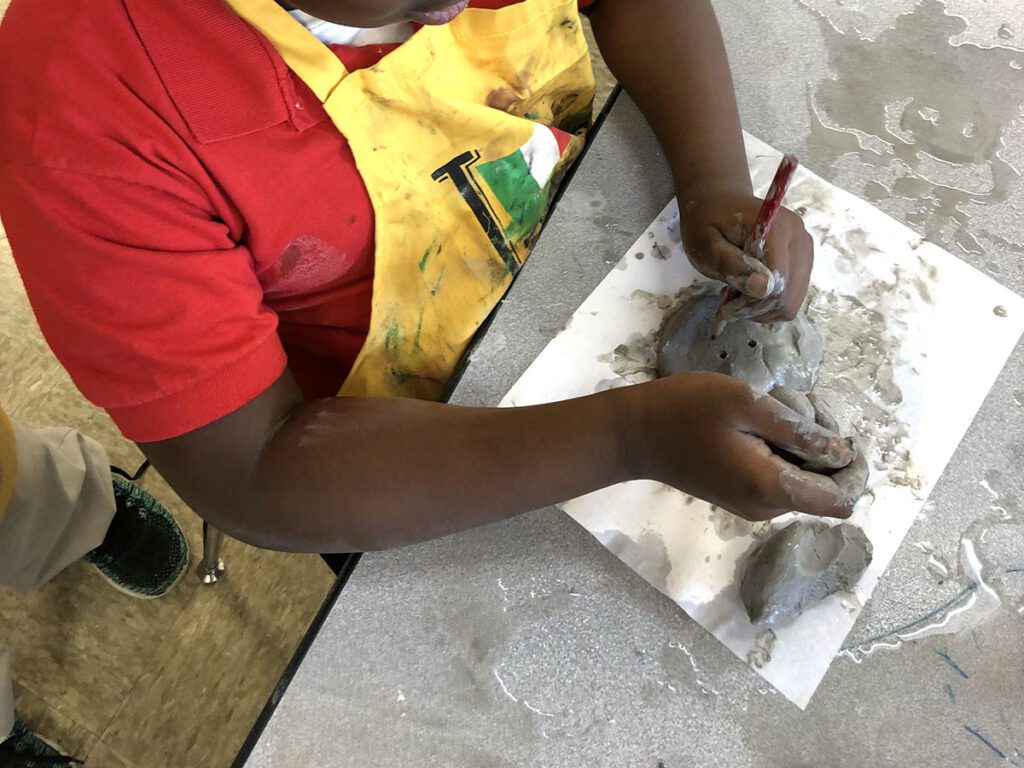
5. Gen Z values authenticity in forming identity and finding meaning.
Due to the economic limitations imposed by COVID, authenticity is an inevitable bedrock of Gen Z-ers’ lives in digital and real-life settings. Instead of hiding behind a veneer of perfection, Gen Z adopted an air of messy realness, showcasing their commitment to exploring different ways of being themselves. Gen Z is bombarded with information and influences, making it hard to wade through building identity and making meaning. They yearn for their leaders’ trust, support, and care in response to their vulnerability.
Encourage authenticity and meaning with the following tips:
- Integrate opportunities for self-reflection.
- Create space for failure and mistakes.
- Make sketchbook practice meaningful.
- Develop a growth mindset.
- Plan for authentic artworks together.
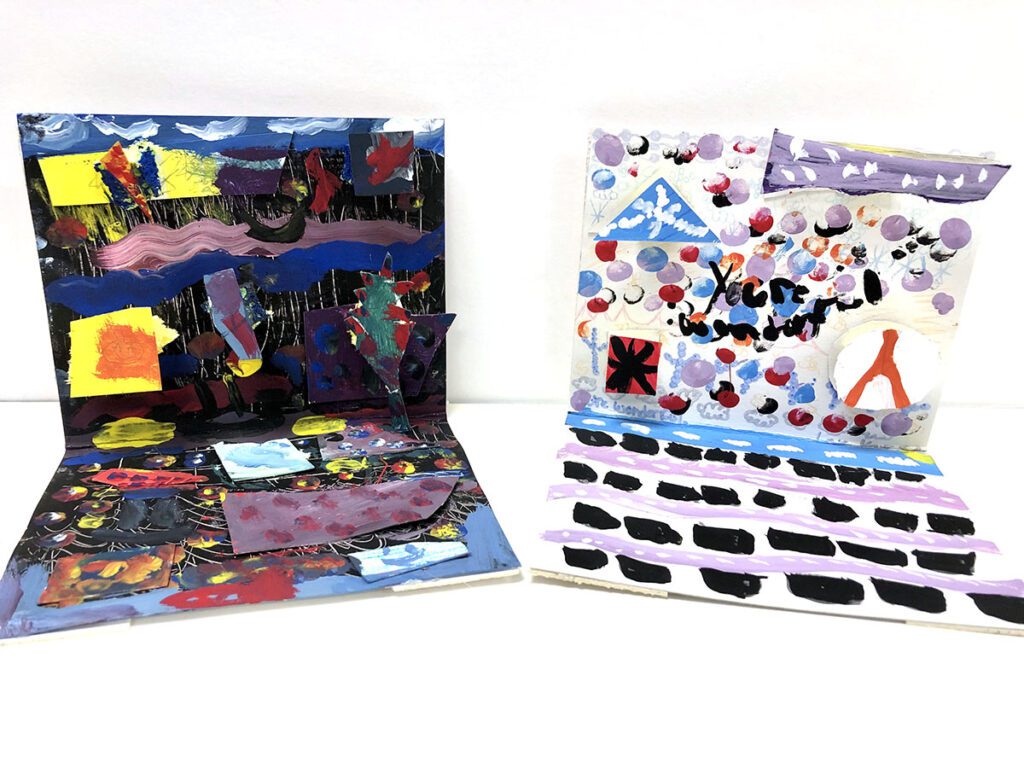
6. Gen Z has earned the title of “Generation Resilient.”
Gen Z, or Generation Resilient, is growing up in a world of unrest and rapid change. Already in their young lives, they have experienced disruptions in their education, employment, health, and society. Yet they channel activism, adaptability, and collaboration to drive them forward toward change. Gen Z is aware of how the pandemic has accelerated their maturity and gifted them with resilience as they face multiple setbacks. Despite worries about what lies ahead, Gen Z is forging on, hopeful about what they will accomplish.
Celebrate Generation Resilient by finding fun ways to speak their language in the art room, like in these two videos:
Your Gen Z students want you to know they are pragmatic and need to know the “why” behind your requests. They think collectively and believe you are all better together. Activism is necessary for them and they want a platform for their voices. Gen Z’s mental health is still fragile, so your emotional support means the world. They value authenticity and are more resilient after what they endured during COVID. Most of all, they want you to know that Gen Z is back and better than ever! Bet.
If you enjoyed this article, check out a similar one all about Gen Alpha!
How do you connect with your Gen Z art students?
How will you adapt to your Gen Z-ers’ needs in your classroom management and curriculum this year?
Magazine articles and podcasts are opinions of professional education contributors and do not necessarily represent the position of the Art of Education University (AOEU) or its academic offerings. Contributors use terms in the way they are most often talked about in the scope of their educational experiences.
